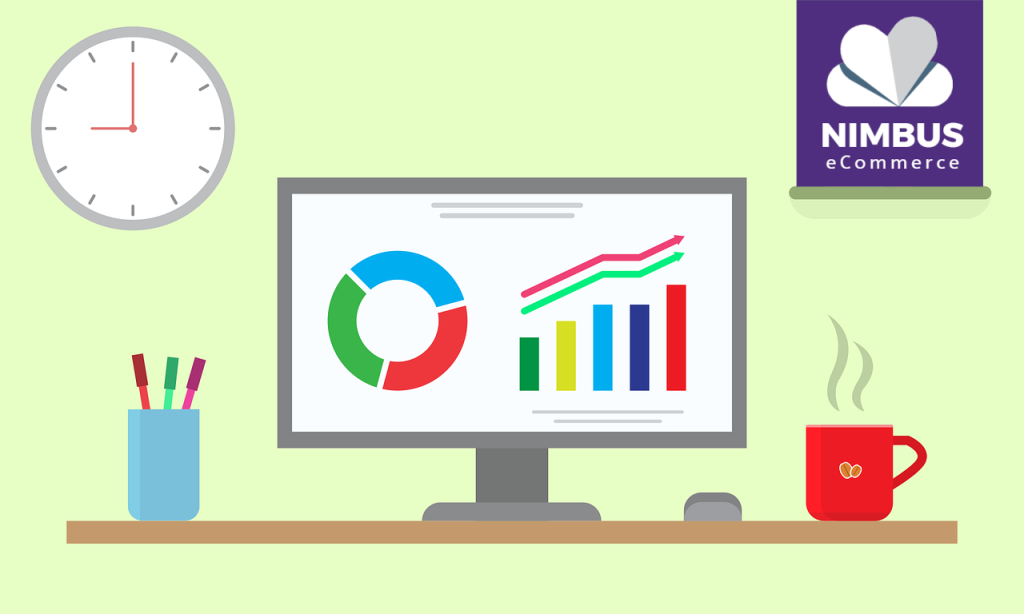Guide to Gross Profit Margin: How to Calculate It and Why It Matters
If you\’re running an eCommerce business, it\’s important to understand what gross profit margin is and how to calculate it. This figure tells you how much money your business is making after accounting for the costs of goods sold. It\’s essential to track this number over time in order to make sure your eCommerce business is profitable. In this guide, I will discuss what gross profit margin is, why it matters and how to calculate it.
What is Gross Profit?
Gross profit is the difference between your revenue/sales/turnover and the cost of sales, also called cost of goods sold (COGS).
This figure represents the amount of money that your business has left over after accounting for the costs associated with producing or acquiring your products. When COGS are recorded correctly, they should be matched with the revenue from the same period.
How to Calculate Gross Profit
To calculate gross profit, you should subtract COGS from revenue. For example, let\’s say your company had €100,000 in revenue last year and €80,000 in COGS. This would give you a gross profit of €20,000.
How to Calculate Gross Profit Margin
Gross profit margin is a measure of profitability that tells you how much money your eCommerce business keeps after accounting for the cost of sales (COGS). To calculate it, you should divide gross profit by revenue.
Let’s use our example above:
€20,000 / €100,000 x 100% = 20%.
So the company would have a gross profit margin of 20%.
Why is Gross Profit Margin Important?
Gross profit margin is a key metric for eCommerce businesses because it tells you how much money your company is making after accounting for the costs of goods sold. This number is important to track over time because it can give you important insights into the profitability of your business.
Strange movements in this margin would indicate inventory is being expensed immediately at the time of purchase, which is incorrect An inconsistent margin is inaccurate. Correct expenses should match reasonably to the revenue from the same period and show very few turns in gross profit margins.
When considered alongside other ratios, it can also help you to understand why your numbers might be changing. For example, if your gross profit margin remains the same but your net profit margin increases, then this could be because of the fluctuations in other operating expenses in your eCommerce business.
Share:
More Posts
Send Us A Message
Comparing Gross Profit Year-on-Year
One of the most important things you can do with gross profit margin is to track it over time. This will give you insights into whether or not your eCommerce business is becoming more or less profitable. To do this, simply calculate the gross profit margin for each year and compare the numbers.
If you see that your gross profit margins are declining, it\’s a sign that your business might be in trouble. This could be caused by a number of factors, such as increasing costs or declining revenue. It\’s important to investigate any changes in gross profit margin so you can take steps to improve your business\’s bottom line (net profit).
Of course, declining gross profit isn\’t always a warning sign. It could be due to investment in growth or changes in your business model. However, this doesn’t mean your business is in trouble. You’re simply preparing for future success.
Key Takeaways
Gross profit margin is a key metric for eCommerce business owners because it tells you how much money your company is making after accounting for the costs of goods sold COGS. It\’s important to keep an eye on this figure and understand the reasons behind any changes so that you can make decisions to improve your bottom line and stay in control of your finances.
Have a look to find out more…


